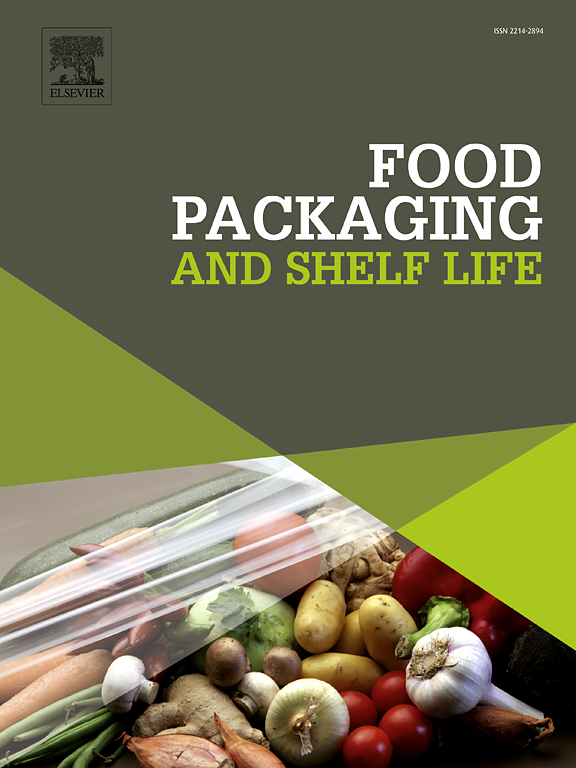Recent advances in active packaging: Insights into novel functional elements, response strategies and applications for food preservation
IF 8.5
1区 农林科学
Q1 FOOD SCIENCE & TECHNOLOGY
引用次数: 0
Abstract
Given the substantial food losses incurred throughout the supply chain, which hinder the achievement of the Sustainable Development Goal, there is an urgent need to develop novel active packaging solutions. These solutions should be capable of releasing functional elements on demand and in a controlled manner to effectively reduce food waste. It is also worth exploring the way different packaging responds to different environmental factors, including pH, temperature, light, and humidity etc. Such responsive behaviours can be synergistic, while it should be consistent with actual demands for preservation. The role of novel functional elements is not limited to antimicrobials, but can also regulate other storage environments such as humidity, light, moisture etc., and there is still a lack of systematic updating of such studies. As more functions are integrated into active packaging, some antimicrobial components such as anthocyanins, AIEgens, metal nanoparticles and carbon dots can also incorporate other functions e.g. freshness indication and light response antimicrobial capacity. The concept of multi-response is growing popular, and the sequential release of functional elements to realize secondary functionality deserves attention. This review also addressed the risk, safety assessment, and commercialization visions of novel active packaging, aiming to provide ideas for the development of multifunctional novel food packaging that reduces the dependence on petrochemical-based materials.
活性包装的最新进展:对食品保鲜的新功能元素、反应策略和应用的见解
鉴于整个供应链中发生的大量粮食损失阻碍了可持续发展目标的实现,迫切需要开发新的活性包装解决方案。这些解决方案应能够按需释放功能元素,并以可控的方式有效减少食物浪费。不同的包装对不同的环境因素,包括pH值、温度、光线和湿度等的反应方式也是值得探索的。这种反应性行为可以是协同的,同时它应该与保护的实际需求相一致。新型功能元件的作用不仅限于抗菌剂,还可以调节其他储存环境,如湿度、光照、水分等,目前还缺乏系统的更新研究。随着越来越多的功能被整合到活性包装中,一些抗菌成分,如花青素、AIEgens、金属纳米颗粒和碳点也可以纳入其他功能,如新鲜度指示和光响应抗菌能力。多响应的概念越来越流行,功能元素的顺序释放来实现二次功能值得关注。本文综述了新型活性包装的风险、安全性评估和商业化前景,旨在为开发多功能新型食品包装提供思路,减少对石化基材料的依赖。
本文章由计算机程序翻译,如有差异,请以英文原文为准。
求助全文
约1分钟内获得全文
求助全文
来源期刊

Food Packaging and Shelf Life
Agricultural and Biological Sciences-Food Science
CiteScore
14.00
自引率
8.80%
发文量
214
审稿时长
70 days
期刊介绍:
Food packaging is crucial for preserving food integrity throughout the distribution chain. It safeguards against contamination by physical, chemical, and biological agents, ensuring the safety and quality of processed foods. The evolution of novel food packaging, including modified atmosphere and active packaging, has extended shelf life, enhancing convenience for consumers. Shelf life, the duration a perishable item remains suitable for sale, use, or consumption, is intricately linked with food packaging, emphasizing its role in maintaining product quality and safety.
 求助内容:
求助内容: 应助结果提醒方式:
应助结果提醒方式:


